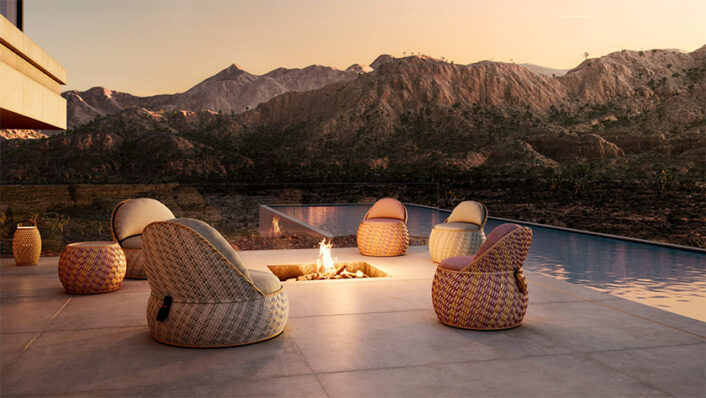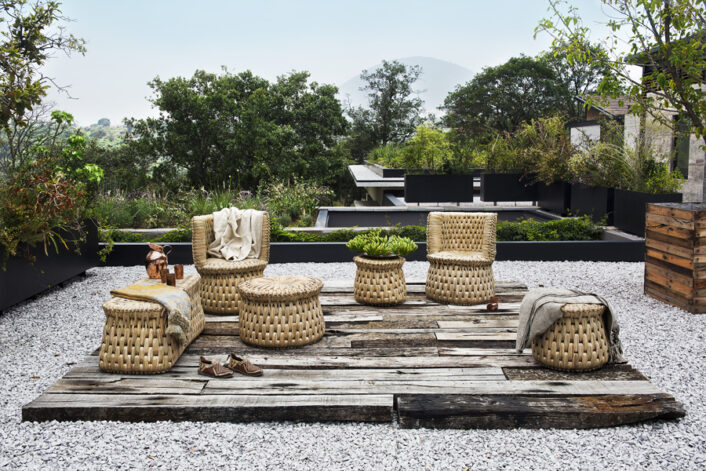Design
Luteca
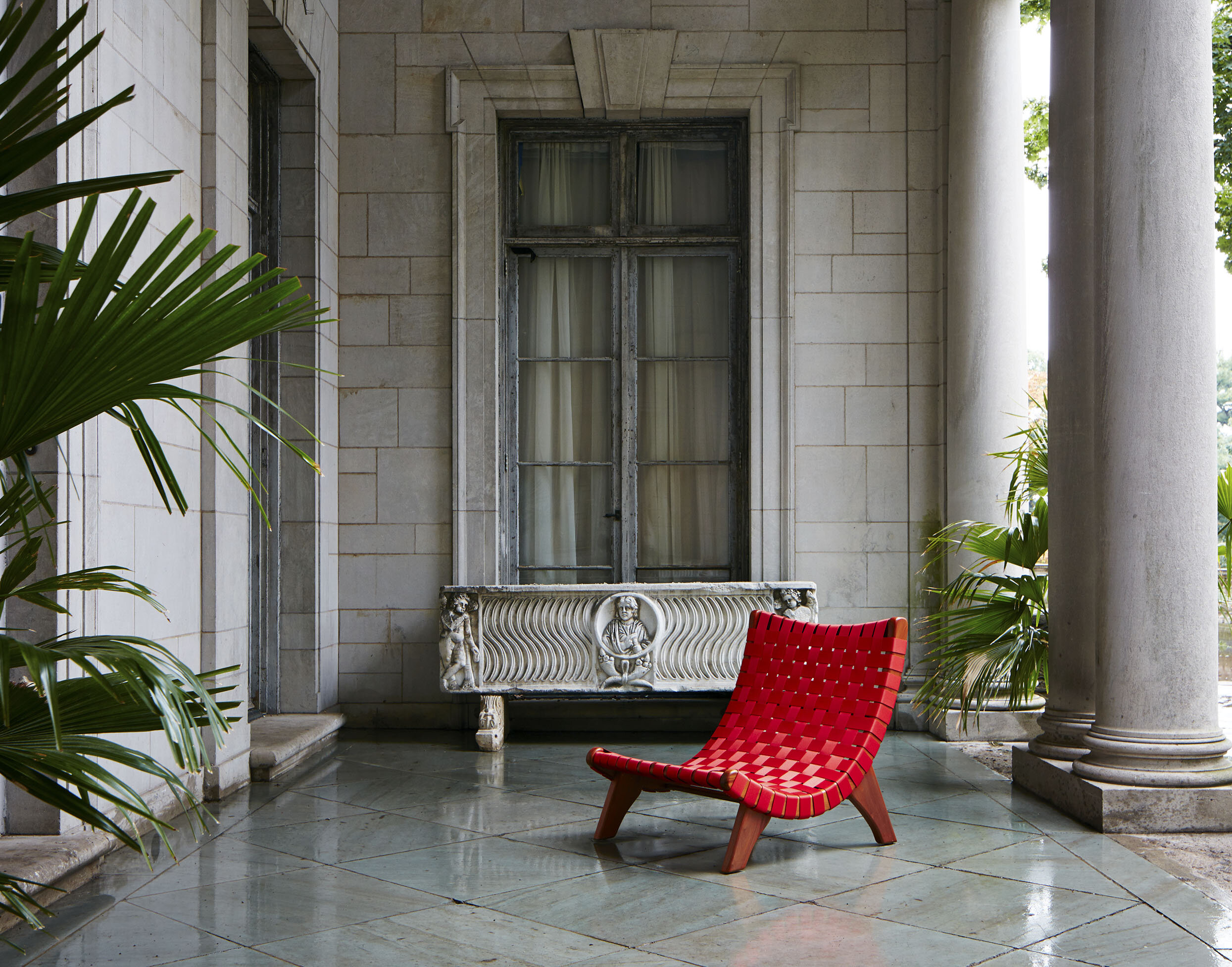
San Miguel Lounge Chair, available in nylon or leather webbing. Frame is available in walnut, maple, or teak; finish is viable in satin varnish, matte oil, or black oil.
Image courtesy of: Luteca
Luteca was founded in 2015 by the husband and wife pair of Amanda Price Reant and Sebastian Reant; along with their partner, Alexander Diaz Andersson, a Swedish/Mexican designer. The luxury brand merges traditional craftsmanship with Mexican modernist and contemporary design.
Andersson has a plethora of designs which he calls (courtesy of Remodelista), “merging midcentury Scandinavian restraint and a distinct Mexican flavor.” Andersson himself owns the rights to the archival designs of Pedro Ramirez Vazques, one of Mexico’s pioneering architects. This adds to what’s special with Luteca, the company possesses a portfolio that includes “reissues of 20th-century modernist furniture from leading Latin American design masters, as well as new designs inspired by the cultural and aesthetic legacy of Mexico and Latin America.”
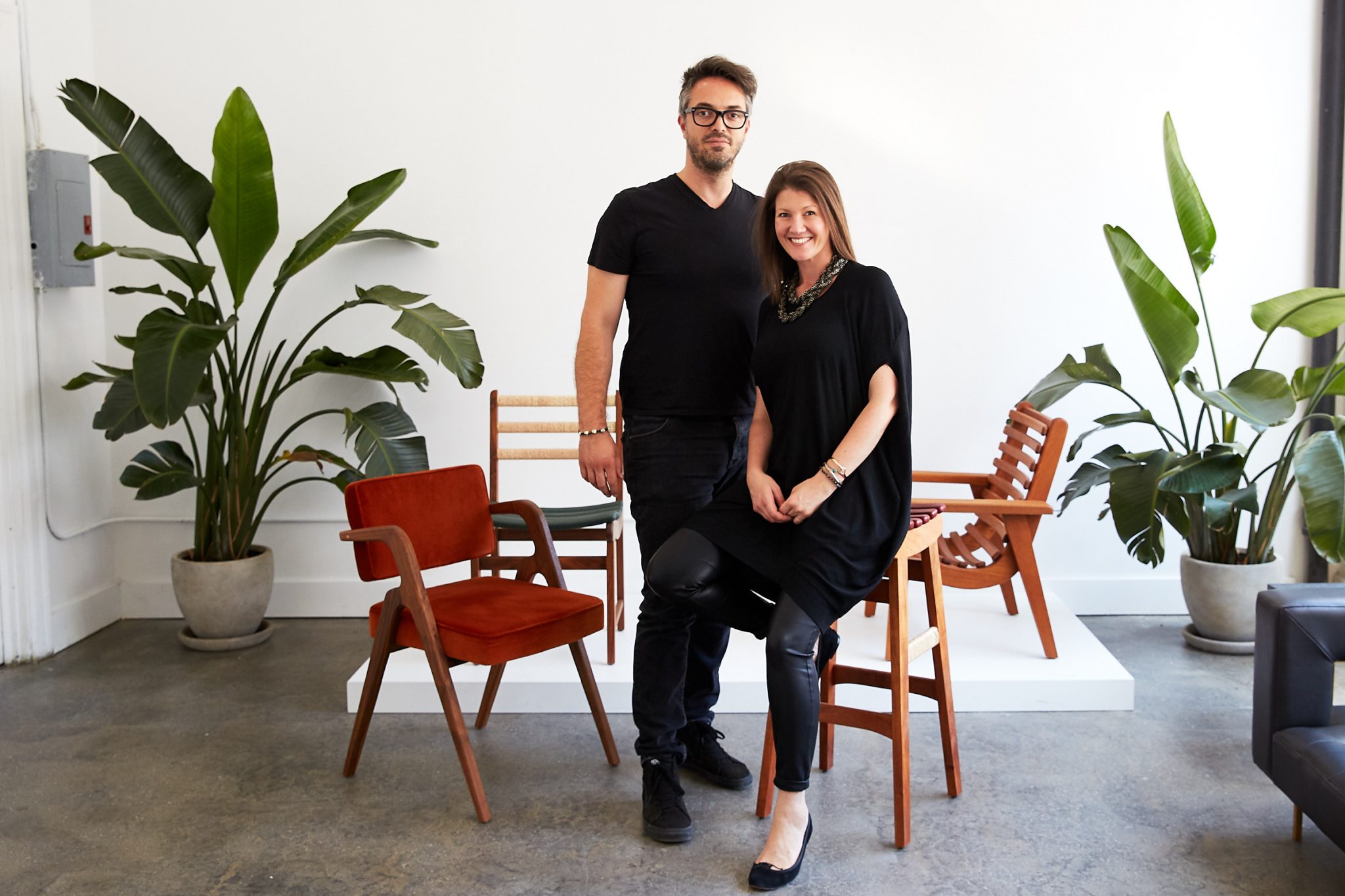
The husband and wife pair behind Luteca.
Image courtesy of: Ronen Lev, photographed by: Kristen Francis
When the company was founded, it was the inspiration of the rich heritage of Latin American and Mexico that served as the common thread. Six years later, each piece coming out of the studio is still finished by hand by Mexican artisans; this serves as the baseline for the company… the first to offer high-end Mexican design with a (courtesy of the company’s web site), “distinctively authentic collection and an international perspective.”
Luteca is able to produce designs different than others on the market due to the fact that they place a lot of emphasis on working directly with the families and foundations that have held onto those important design portfolios of Mexico’s premiere design master and architects.
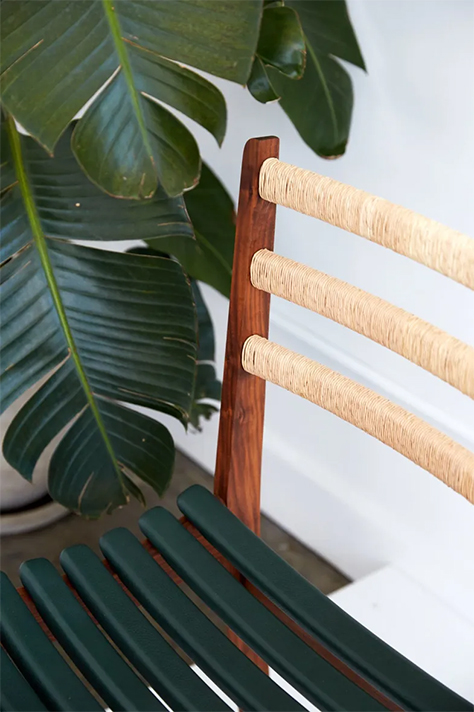
The San Miguelito Dining Chair, crafted in hardwoods and palm cord from Mexico. We love this mix of different materials!
Image courtesy of: Ronen Lev, photographed by: Kristen Francis
The wealth of architectural history in Mexico adds inspiration for the brand’s designers; in addition to the coexistence between the past and the present. It certainly does not hurt that skilled artisans are readily available with techniques that have been perfected over the past few centuries. Finally, the availability of local materials enables Luteca to design with sustainability in mind.
Specifically, volcanic stone, concrete, and weaving techniques are some of the aspects that contribute to the uniqueness of the products produced in Mexico. The ability of the artisans to use the materials in “interesting ways” is at the basis of what constitutes as innovating and exciting design.
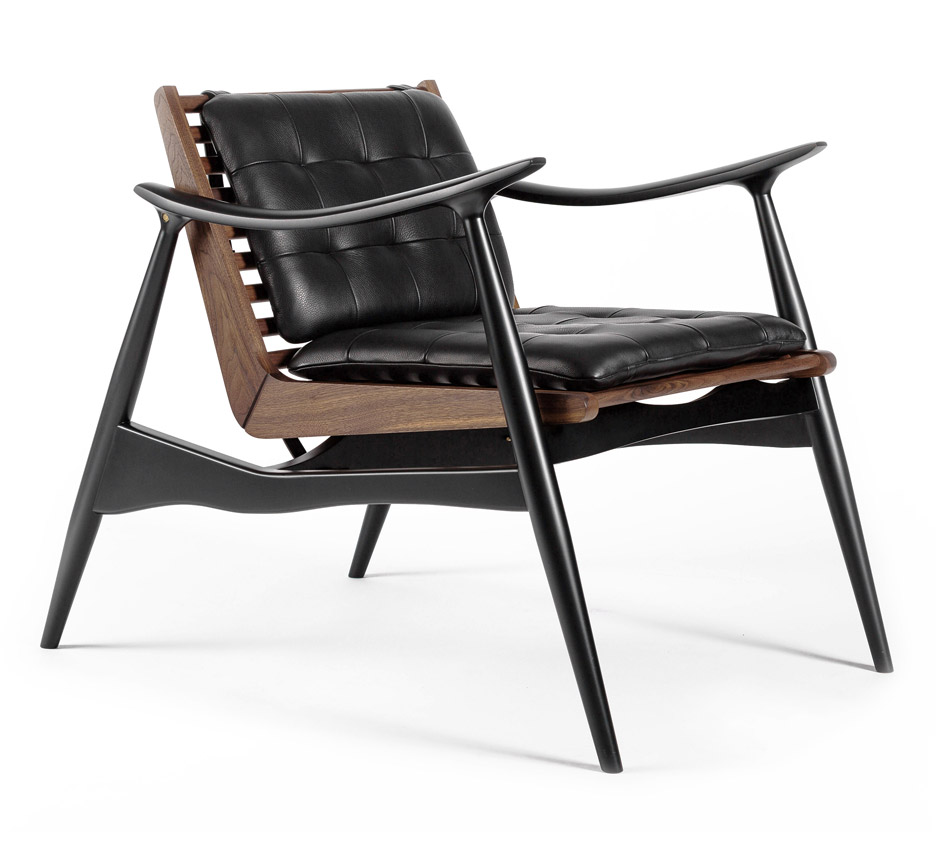
Atra Chair, an updated Vazquez piece.
Image courtesy of: Dezeen
Luteca has collaborated with the heirs of some of Mexico’s top designers. Luckily, Andersson received access to Pedro Ramiez Valzquez’s archives shortly before his death; slowly over time, he was able to turn the prototypes into actual pieces by collaborating with the architect’s son, Javier Ramierz Campuzano.
The initial collection featured fifty five pieces; all bent by hand and finished with customized upholstery. In true Luteca form, each piece is made by hand… some pieces have been recorded to take up to 300 hours of labor. The collection is an assemblage of items constructed from wood, metal, leather, and glass on one side and modern laser techniques on the other. Interestingly, these contemporary techniques are commonly used in the automotive and aviation industries.
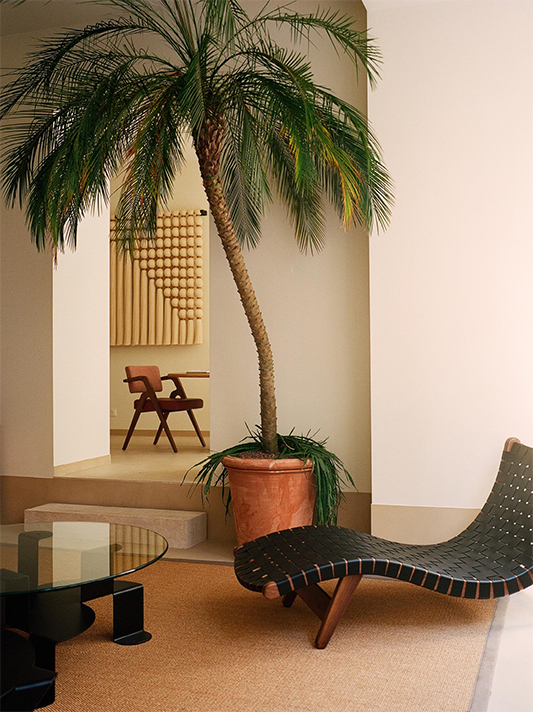
“Montana,” Caralarga wall hanging that is made by hand-braided raw cotton and sansevieria fiber in naturally-dyed yellow. “Eugenio” dining chair in walnut and Metaphores fabric. “Alacran” chair (circa 1941) in walnut and vegan cactus leather. “Aspa” coffee table.
Initially, the interest in production in Mexico was a direct result of resort companies wanting to use local sourcing.
Image courtesy of: Wallpaper, photographed by: Tom De Peyret
Currently, Luteca has four showrooms: Mexico City, Los Angeles, New York, and Paris. The Los Angeles and Paris locations are brand new and a nod to how well the company has performed. Specifically, the Paris showroom was extremely important as it is the company’s first stronghold in Europe.
The Paris space was designed by Aure Delaroière, a French architect that turned a 19th-century covered passage into a gorgeous showroom located at the entrance of Galerie Vivienne in Paris’ 2nd arrondissement. Paying homage to the company’s Mexican modernist roots, Delaroiere used terracotta and stone to complement the space. Indoor trees were placed to bring in a feeling of Mexico’s cultural heritage.
Courtesy of an article with Rosa Bertoli for Wallpaper, Reant said, “The showroom has a lovely energy when you come in – it feels intimate, yet spacious and I like how Aure created that with the many arches that pull you through into each part of the showroom. She knows the culture, architecture and types of materials used in Mexico, and we wanted to create a space with a lot of emotion that was very welcoming – much like the lifestyle and hospitality in Latin America. It needed to feel modern, but unpretentious; architectural, but warm at the same time.”
